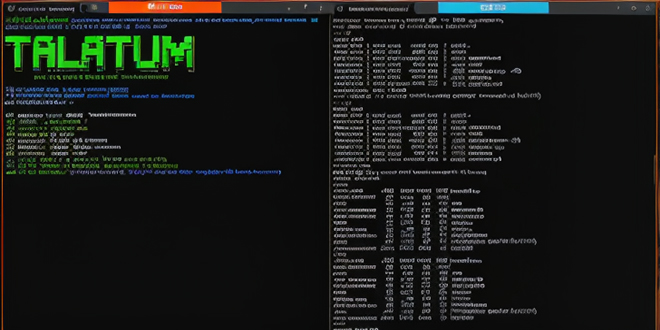An exhaustive evaluation of three firewall models from Palo Alto Networks has uncovered a host of known security flaws impacting the devices’ firmware as well as misconfigured security features.
“These weren’t obscure, corner-case vulnerabilities,” security vendor Eclypsium said in a report.
“Instead these were very well-known issues that we wouldn’t expect to see even on a consumer-grade laptop. These issues could allow attackers to evade even the most basic integrity protections, such as Secure Boot, and modify device firmware if exploited.”
The company stated that it analyzed three Palo Alto Networks firewall appliances: the PA-3260, PA-1410, and PA-415. The PA-3260 was officially discontinued as of August 31, 2023, while the other two models remain fully supported.
The list of identified flaws, collectively named PANdora’s Box, is as follows:
CVE-2020-10713 aka BootHole (Affects PA-3260, PA-1410, and PA-415), refers to a buffer overflow vulnerability that allows for a Secure Boot bypass on Linux systems with the feature enabled
CVE-2022-24030, CVE-2021-33627, CVE-2021-42060, CVE-2021-42554, CVE-2021-43323, and CVE-2021-45970 (Affects PA-3260), which refers to a set of System Management Mode (SMM) vulnerabilities affecting Insyde Software’s InsydeH2O UEFI firmware that could lead to privilege escalation and Secure Boot bypass
LogoFAIL (Affects PA-3260), which refers to a set of critical vulnerabilities discovered in the Unified Extensible Firmware Interface (UEFI) code that exploit flaws in image parsing libraries embedded in the firmware to bypass Secure Boot and execute malicious code during system startup
PixieFail (Affects PA-1410 and PA-415), which refers to a set of vulnerabilities in the TCP/IP network protocol stack incorporated in the UEFI reference implementation that could lead to code execution and information disclosure
Insecure flash access control vulnerability (Affects PA-415), which refers to a case of misconfigured SPI flash access controls that could permit an attacker to modify UEFI directly and bypass other security mechanisms
CVE-2023-1017 (Affects PA-415), which refers to an out-of-bounds write vulnerability in the Trusted Platform Module (TPM) 2.0 reference library specification
Intel bootguard leaked keys bypass (Affects PA-1410)
“These findings underscore a critical truth: even devices designed to protect can become vectors for attack if not properly secured and maintained,” Eclypsium said. “As threat actors continue to target security appliances, organizations must adopt a more comprehensive approach to supply chain security.”
“This includes rigorous vendor assessments, regular firmware updates, and continuous device integrity monitoring. By understanding and addressing these hidden vulnerabilities, organizations can better protect their networks and data from sophisticated attacks that exploit the very tools meant to safeguard them.”
Palo Alto statement regarding the issue is “The security of our customers is our top priority. Palo Alto Networks is aware of recently published research from Eclypsium regarding potential vulnerabilities affecting some of our Next Generation Firewall products.
The Palo Alto Networks Product Security Incident Response Team evaluated this potential vulnerability. It determined that the scenarios required for successful exploitation do not exist on up-to-date PAN-OS software under normal conditions with secured management interfaces deployed according to best practice guidelines. Palo Alto Networks is not aware of any malicious exploitation of these issues. We stand by the quality and integrity of our technology.
While the conditions required to exploit these vulnerabilities are not available to users or administrators of PAN-OS software, we are working with the third-party vendor to develop any mitigations that may be needed. We will provide further updates and guidance to impacted customers as they become available.”
In a separate advisory, Palo Alto Networks also emphasized that exploiting the aforementioned flaws require an attacker to first compromise PAN-OS software through other means and obtain elevated privileges to access or modify the BIOS firmware. It further said the risk is greatly mitigated by upgrading to the latest supported versions.
However, the company acknowledged it’s working with third-party vendors to develop firmware updates for the six vulnerabilities flagged in InsydeH2O UEFI firmware that may be needed for PA-3200 series, PA-5200 series and PA-7200 series with Switch Management Card (SMC-B) installed.
Source: eclypsium, the hacker news
Account Credentials for Security Vendors Found on Dark Web: Cyble Report
 InfoSecBulletin Cybersecurity for mankind
InfoSecBulletin Cybersecurity for mankind














